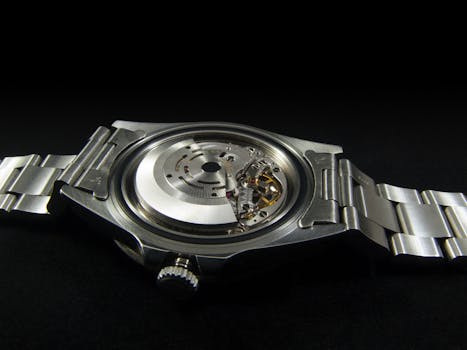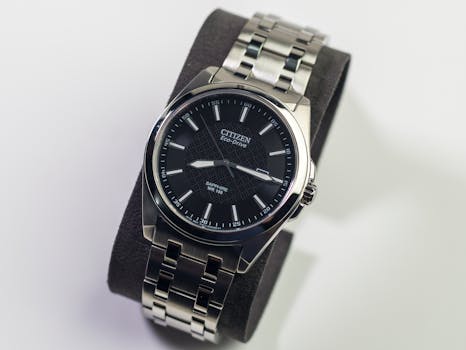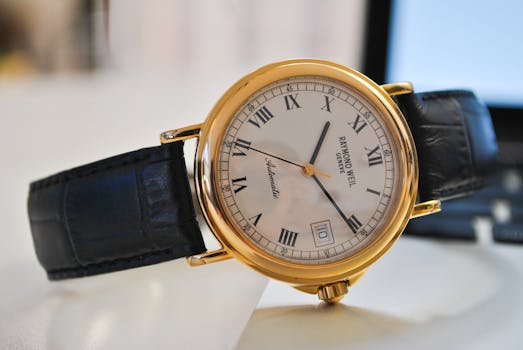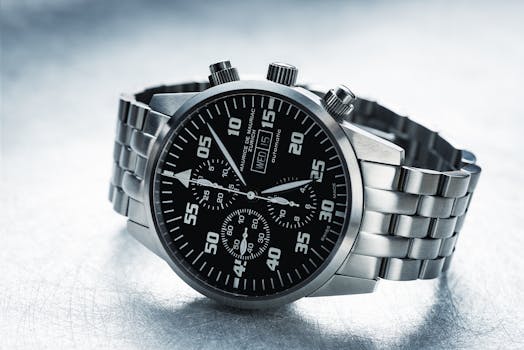
Watches are not only timekeeping devices but also intricate pieces of engineering that house various types of movements. Understanding the differences between these movements can help you appreciate the craftsmanship behind each timepiece.
Mechanical Watches

Mechanical watches are powered by a mainspring, which is wound either manually or through the motion of the wearer’s wrist in the case of automatic watches. These watches are known for their intricate movements and the artistry involved in their production.
Automatic Watches

Automatic watches, also known as self-winding watches, contain a rotor that winds the mainspring with the natural motion of the wearer’s arm. This eliminates the need for manual winding and ensures that the watch remains powered as long as it is worn regularly.
Quartz Watches

Quartz watches are powered by a battery that sends an electrical current through a quartz crystal, causing it to vibrate at a precise frequency. These vibrations are then translated into accurate timekeeping, making quartz watches known for their reliability and affordability.
Horology

Horology is the study of timekeeping and timepieces, encompassing the art and science of watchmaking. Delving into the world of horology allows enthusiasts to appreciate the intricate details and precision engineering that go into creating different types of watch movements.





